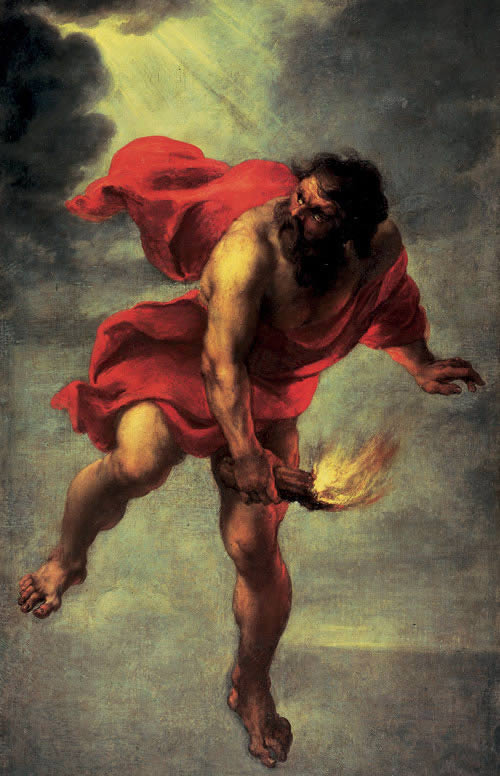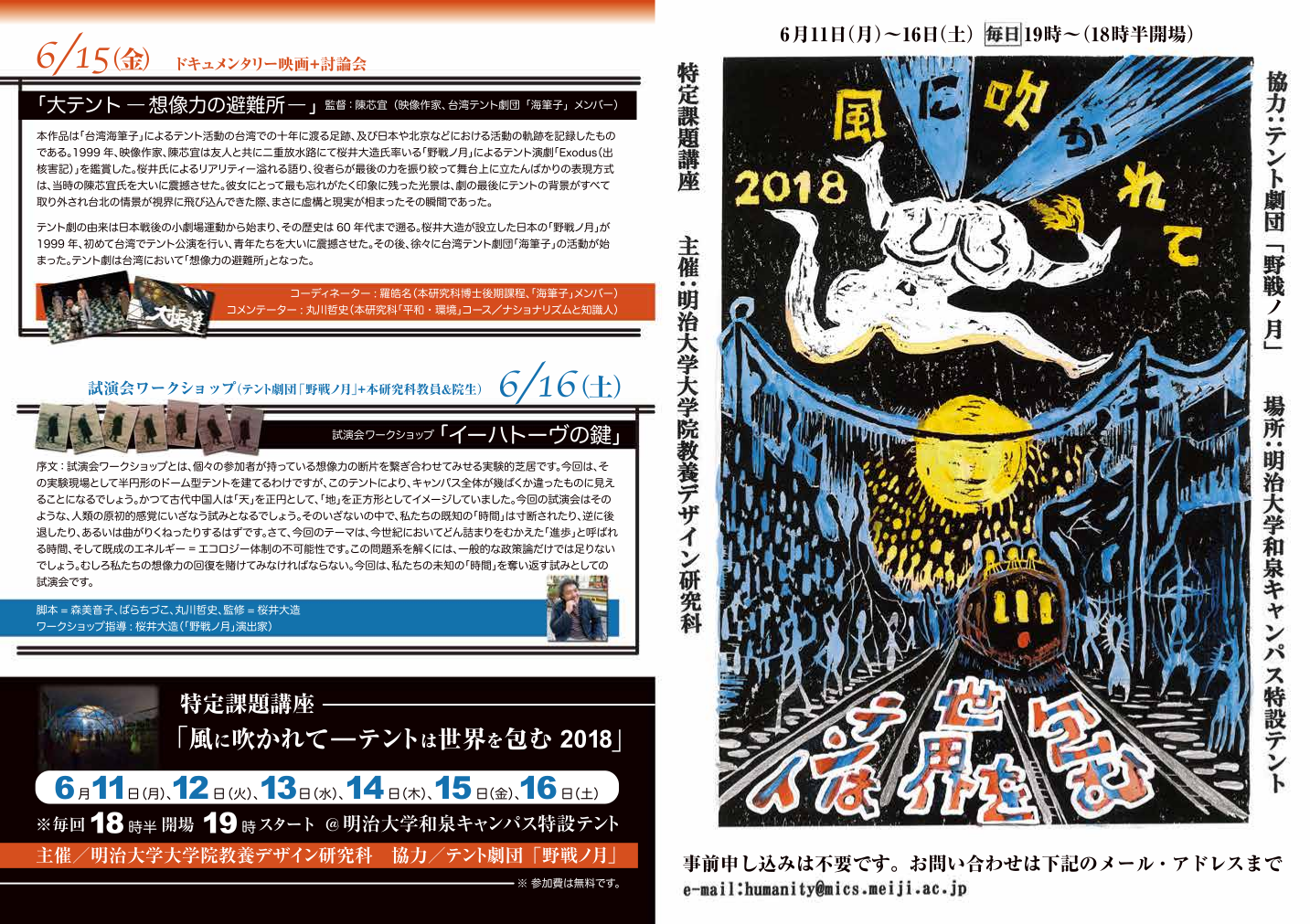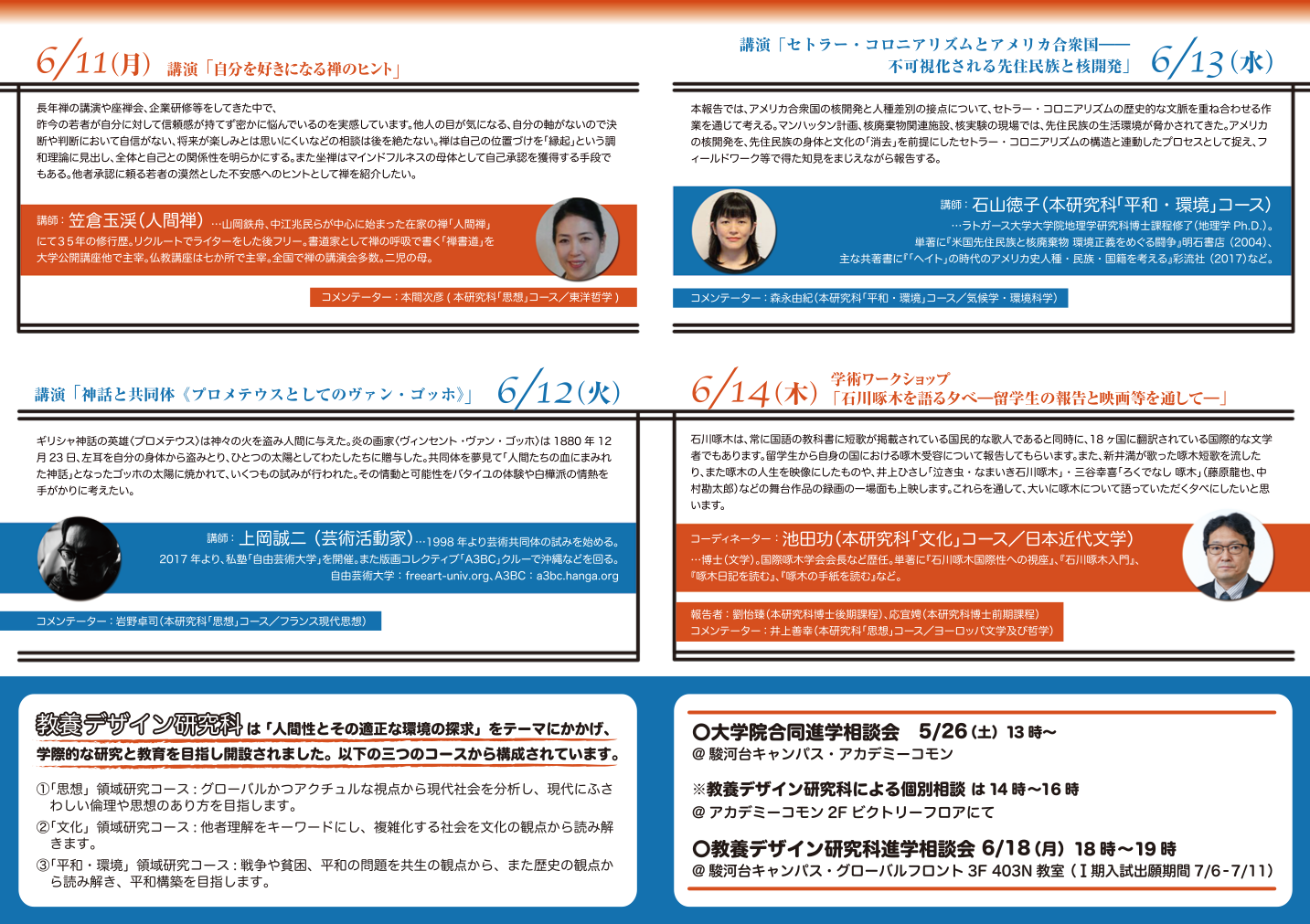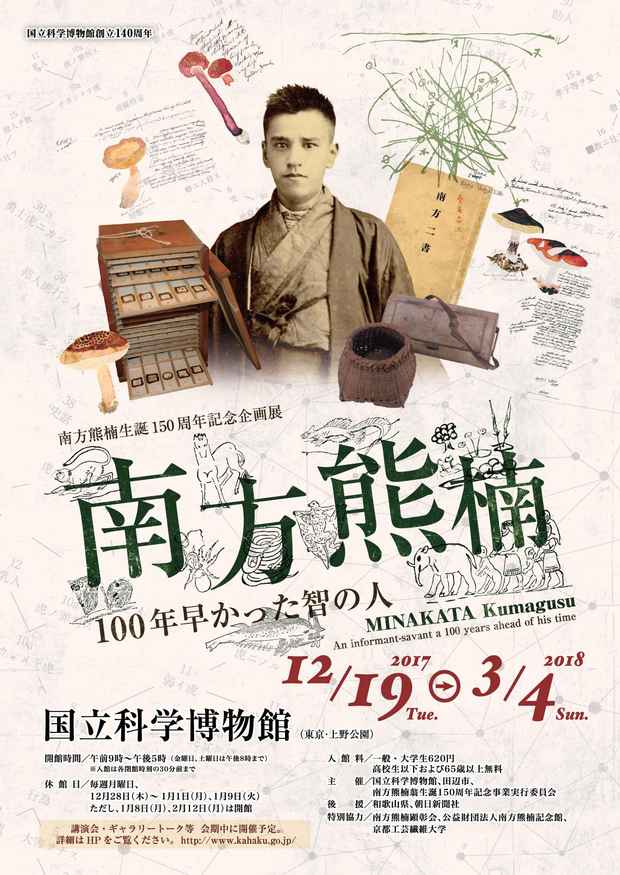2003年にポルトガルで行ったパフォーマンスの報告がscribd.comというデジタルライブラリに残っていた。クレジットカード番号を入れないとダウンロードできないので、あきらめて、このページにコピペして記録に残しておくことにした。
UTUTU/eARTh: interactive performances
Seiji Ueoka, Sharif Ezzat, Teresa Torres Eça
Abstract: This communication describes the interactive performance: Ututu/eARTh using digital media and presented by the authors at the XII International Art Biennial at Vila Nova de Cerveira, Portugal with the collaboration of the art group R2001and the audience.
Index Terms – interaction, interactive, environment,audience, globalisation, electronic arts.
I. Introduction
UTUTU/eARTh was an interactive performance at the XII International Art Biennial of Vila Nova De Cerveira in Portugal in August 2003. The biennale of Vila Nova Cerveira[1] is a very special art event including a contest for artists, exhibitions, and workshops. The organizers of the event (Projecto Núcleo) created a place for dialogue and experimentation in the arts during the thirty days of the show. UTUTU/eARTh was part of the electronic arts workshop. The organizers of the biennale had built are sourceful lab for multimedia creation with an amazing team of sound and image technicians. Our group was invited to present a work in under the general theme of the biennale: Art and Globalisation.
Seiji Ueoka (Japan), Sharif Ezzat & Dan Sheetz (USA), and myself, Teresa Torres (Portugal), as coordinators of the project, started to work on the idea of getting people from different regions of the globe involved in art creation not only by displaying art works through internet but also by making art in the place and time of the biennale. Time, place,and diversity were our first guidelines to prepare the outline of the project. Being members of the large community of artists known as Renaissance 2001, we decided to invite other R2001 artists to collaborate in the performance as wellas other artists willing to participate. A large number of R2001 members accepted our challenge and were ready to be part of the project.
II. R2001
The Renaissance 2001[2] is a network of artists formed by collaborators from around the world in 1996. Pursuing artistic activity and bringing it to a global level using the Internet, we seek a way to set art free and reconstruct the relationship between art, culture, and the world. We believe that in a world where art is able to move around freely as information, a new consciousness is emerging. We work to enable people throughout the world to come across borders and share this consciousness to transport it into our daily life.Overcoming differences of race, age, sex, culture, time, style,technology, and ideology, and placing every kind of art in a paratactic form, we believe it becomes possible to present this as a model of a sincerely democratic world.The group had some experience in collaborative projects involving all kind of artists and audience, such as the show sheld in August 2001 at the International Art Biennial of Vila Nova De Cerveira in Portugal, in December 2001 at San Francisco (RhythmONE), and the CafeLinks performances in Tokyo during Spring 2002, where Ututu and eARTh workshops were developed.
III. Ututu and eARTh
“Ututu” is a Japanese word with many meanings and interpretations. It can be used to signify both dream and reality, but may also be understood as the path between the two. The Ututu presentation is about time and space and seeks to illustrate the seamless flow of creativity along this path using the Internet. A screen displays a grid of images of works submitted by R2001 artists which fade in and out at a slow, breathing pace.”eARTh” is a project to illustrate the use of art as communication. Visitors to the shows draw or paint pictures on square pieces of paper or in collective drawings. These images are posted to a wall and photographed with digital cameras. The digital images of these drawings are then uploaded to the R2001 web server, where they can be accessed by R2001 artists around the world. The artists download a random image, change it in any way they wish,and upload it again to the R2001 web server. The original drawings and transformed images are displayed randomly in an 8 x 6 grid, which is both projected on a wall at the show and accessible via the R2001 web site. Visitors can watch the permutations of their drawings, creating a dialogue between diverse cultures and traditions.For the XII International Art Biennial of Vila Nova De Cerveira we slightly transformed the UTUTU/eARTh workshops because at the time the world was witnessing terrible and absurd political events. As artists having social responsibilities, we wanted to reflect and to allow the expression of our feelings about the conflicts we were living.So we chose a main idea to inspire communication between artists and audience; the idea was to express our views on conflicts of every kind:
‘Let our works outnumber the bombs, missiles, and bullets to be released during the war in front of us. eARTh is for everyone. The eARTh workshop is not ONLY to collect individual responses. It is like keeping individual rhythm but also to keep a translocal harmony. Thoughts of globalization and the translocal: both are important for us to over come the conflict’ (Seiji Ueoka, 2003.3.30).
‘In every community, in every country, wherever people build unnatural boundaries between themselves, there is conflict. Moreover, confronting conflict through art has long been a means of healing and a way of empowering people to resolve seemingly impossible conflicts’ (Sharif Ezzat, 2003.2.17).
So, artists from R2001 were asked to send us images about conflicts for the Ututu presentation, and we asked the audience to draw with us in a collective panel where we had outlined the Dymaxion Map developed by Buck minster Fuller, in which the Earth is displayed in perfect proportions,as one continent in one ocean. In the same time we prepared a Japanese tea ceremony and invited all the presents to feel the moment of the tea as our unique and last encounter, to appreciate every detail of the setting as an aesthetic experience.
IV. Interaction
Our project aimed at a full interaction between the participants and the artists. We were not particularly interested in the final objects of art; instead we wanted to examine the underlying processes and relationships, to experiment with the process of engagement and involvement of the viewer using traditional media like drawings and digital manipulation of drawings. Through the Internet it was possible to have artists from different points of the globe interacting with the artists and audience in the place of the biennale exactly in the same time. The performance involved reciprocity and collaboration between the creators, the project and the audience; the art object was like a quilt in progress; the images created by each one of us, represented fragmented info-narratives to be transformed by the collective creativity of individuals, in constant flux and reorganisation in order to create ‘streams of consciousness’.
V. The collective body
Audiences traditionally tend to be spectators. The big challenge in our project was to turn around the traditional roles of viewer and creator, because without the collaboration of the public the performance could not be possible. Furthermore we had another problem because we were working physically with people from Portugal with their own culture and virtually with artists from different cultures. It was important to create a sensitive ‘place’ within this multi-cultural reality, getting people to interact, connect and transform visual information. The people who came to the performance were curious about this interactive project,not knowing exactly what was expected from them. Entering in the big room they could see two giant screens; one of them showing art works from R2001 members (Ututu), another one showing a map of the earth (eARTh), and a white wall paper in the background with another map of the earth. In the center of the room, the visitor sees a red cloth with the objects carefully displayed for the Japanese tea ceremony, and among them some Japanese artists dressed in beautiful kimonos.
We started the performance explaining the project in three languages; English; Japanese and Portuguese. We spend some time talking about R2001, conflicts, the idea of the tea ceremony and the essence of Ututu and eARTh. We invited them to reflect upon our experience of conflicts, about ourselves as part of the nature and universe, and finally invited them to create a map of our eARTh together with the artists connected with us through the Internet.
After we explained them the project they were still quite passive looking at the Ututu screen. They seemed impressed by the number and location of artists on-line and connected to us in that moment. However, the tea ceremony, although from an alien culture, seemed to act like a ritual of initiation: a door opened towards the possibility of interaction. As soon as they experienced the tea ceremony with Seiji and Toko Ueoka, they joined the team drawing in the white wallpaper,feeling they were part of something where their personal emotions and voices played an important role to achieve a collective message characterised by fragmentation and multiplicity.
VI. The collective message
The collective drawing was in progress; everyone was visibly enjoying the act of drawing. Nana and Yoko were busy helping people to use Japanese brushes and black ink.Every so often, the drawing was digitally photographed and sent to our web server; people could see the drawing in progress simultaneously in the eARTh screen and on our web page. As soon as the artists from R2001 started to transform the images; people could follow the progress of the map and this continued for many hours. Although the eARTh map is not important in itself and should not be regarded as a final outcome, the map is the virtual documentation of emotions and feelings flowing as a narrative revealing multiple projections of the self, the other and the collective. eARTh is finally the free-flowing outcome of interaction between actors within networks of transformation.
VII. Conclusion
What is then the role of the artist in an art that increasingly sees its content and meaning as created out of the viewer’s interactions and negotiations? An art which is unstable, shifting and in flux; an art which parallels life, not through representation or narrative, but in its processes of emergence, uncertainty and transformation; an art which favours the ontology of becoming, rather than the assertion of being… (Ascott, 1999, p. 68)[3].
Ututu/eARTh was an experiment of negation of the role of creators and audience. Artists and public were part of a global network; the event was not intended to be a spectacle with performers and viewers but rather an artistic form of enactment without an audience, since every person physically and virtually present in the room had a role to play, a unique role in the reconstructing of consciousness.The project coordinators’ role could be interpreted as a shamanic one, creating a social and psychological environment in order to express individual and collective forces.
Further projects could be developed using more sophisticated technology, may be using only computer generated images; however, the sense of collective body experienced in this event was only possible because the project had a physical and material component. The event was a thinking experience about the global issue of conflicts; personal thinking and expression of thoughts emerged and took form in virtual imagery, globally available and capable of being transformed by others during further Ututu/eARTh performances. The eARTh images are not intended to present answers; rather they intend to raise questions about our place in the planet, allowing multiplicity of voices and cultures.
References
[1]http://www.bienaldecerveira.org/
[2] www.r2001.com
[3] Ascott, R. (1999), (Ed.) Reframing Consciousness: Art,mind and technology. Exeter: Intellect
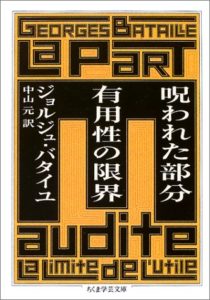 第1部 呪われた部分 有用性の限界
第1部 呪われた部分 有用性の限界